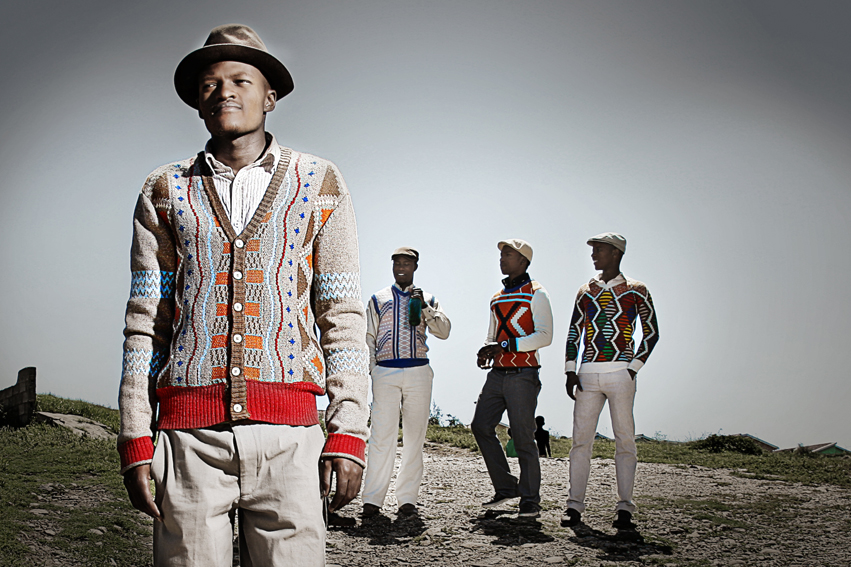Indicating the status.
The milestones.
Izibulo: The first born child of a married couple, either a boy or a girl.
Inkulu: Is the first born boy child, the inheritor, even if born after girls.
Inkwenkwe: a boy. looking after livestock, play with clay oxen, stick fighting.
umkhwetha: initiate, time of getting adult teachings, learns respect, and ways to honor ancestors.
Ikrwala: home coming,small unimportant man, wears red ocher.
Umfana: a worrier.
Unomgcana: married man.
A Xhosa mans life is a period of incredible growth in all areas of his development. Social and cultural development includes the manhood experience, expression and management of their social and cultural responsibilities in their community, and the ability to establish himself as indoda yamadoda. i would like to make contemporary jewellery that will help the image of a Xhosa man in the important milestones in his life.
according to Sedycias R "The word jewelry is derived from Latin word jocale, means plaything. But it is the most ancient form of body ornamentation. In ancient times, jewelry was used to be made from bone, animal teeth, shells, wood, carved stones, etc. A specific piece was made for each part of the body. Apart from functional use, jewelry was a symbol of wealth, status and membership. It had been used to move wedding dowries, to keep large amount of wealth or to just for artistic display". As for Besten L
Sedycias R. indications of status: Available: https://www.streetdirectory.com/travel_guide/author/details/Roberto+Sedycias/ (accessed 30 march 2019)
Besten, L 2007. Liesbeth den Besten: answers to the interview Market, lies and websites Available: https://klimt02.net/forum/interviews/market-lies-and-websites-klimt02-versus-klimt02-part-1/(Accessed 29 April 2019)
|















